Ball Behaviour
Steps Seven & Eight
Step Seven
In the previous example our impact point was below the equator and to the left of the ball's vertical centre, whilst the line of compression was pointing towards the target. This resulted in the ball spinning on a plane that was angled towards the target, but tilted to the right.
What would happen if we change the direction of the line of compression? Let’s say our impact point is on the ball's vertical centre, but the line of compression now points to the right of target. This will look something like the diagrams below.
How will the ball behave in this situation? There’s no different method for determining the ball flight here - it’s exactly the same as with Step Six. Only this time the green parallel centre line we’ll be drawing also points to the right of target. Now, not only is the plane about which the ball spins leaning to the left, it’s also rotated clockwise when seen from above. The area of low pressure will be to the left of the ball, producing a drawing / hooking flight.
What would happen if we change the direction of the line of compression? Let’s say our impact point is on the ball's vertical centre, but the line of compression now points to the right of target. This will look something like the diagrams below.
How will the ball behave in this situation? There’s no different method for determining the ball flight here - it’s exactly the same as with Step Six. Only this time the green parallel centre line we’ll be drawing also points to the right of target. Now, not only is the plane about which the ball spins leaning to the left, it’s also rotated clockwise when seen from above. The area of low pressure will be to the left of the ball, producing a drawing / hooking flight.
A
B
C
A
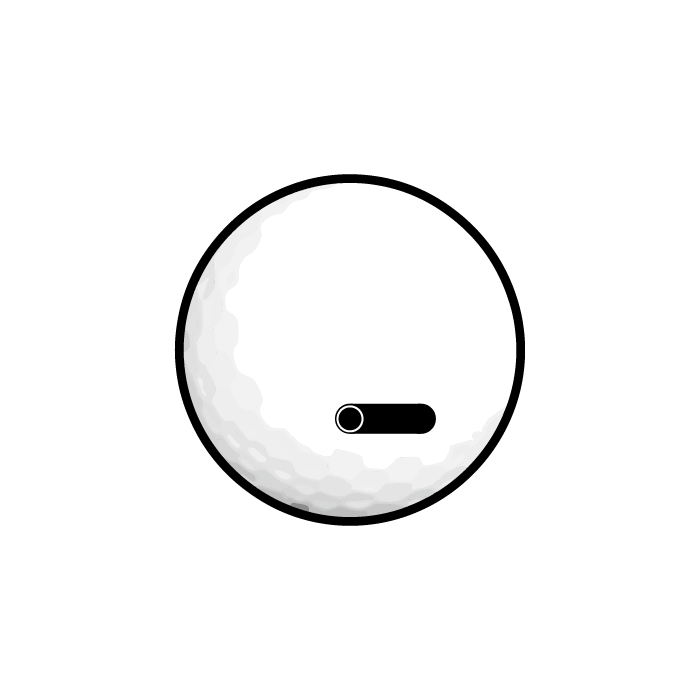

B
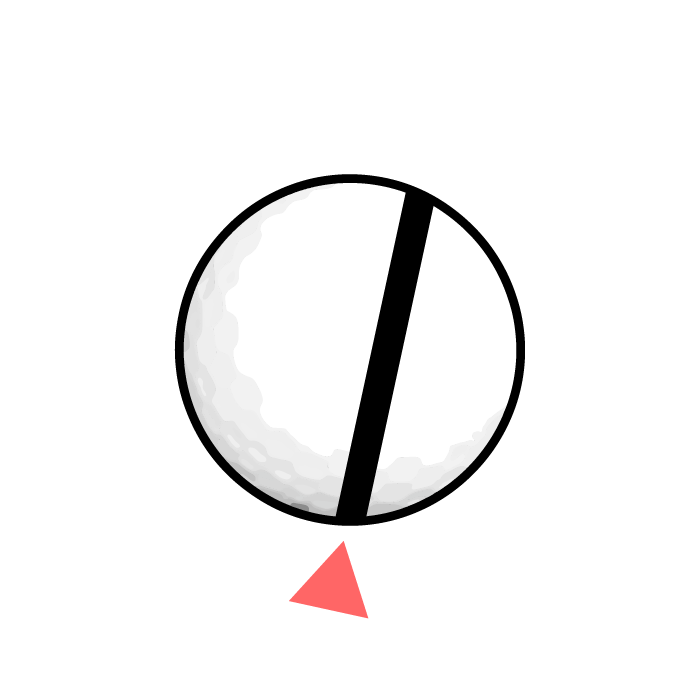

C
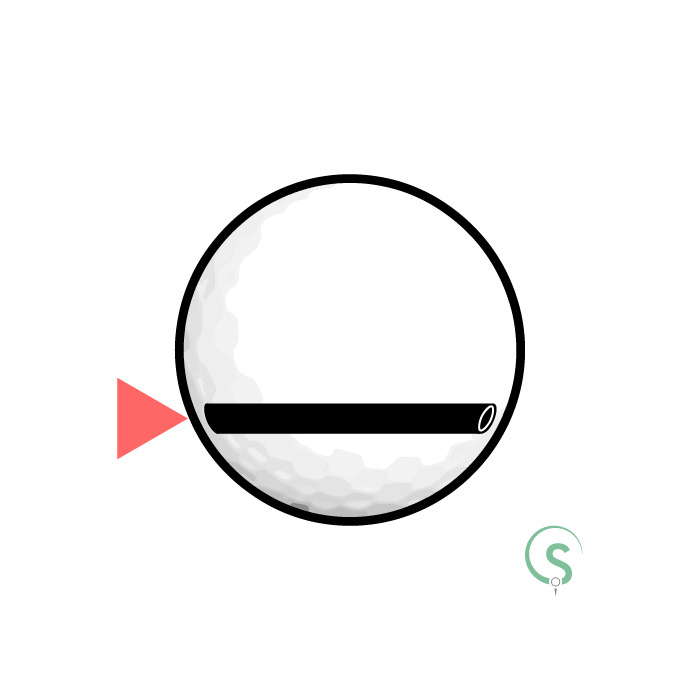

Line of compression pointing right of target
A
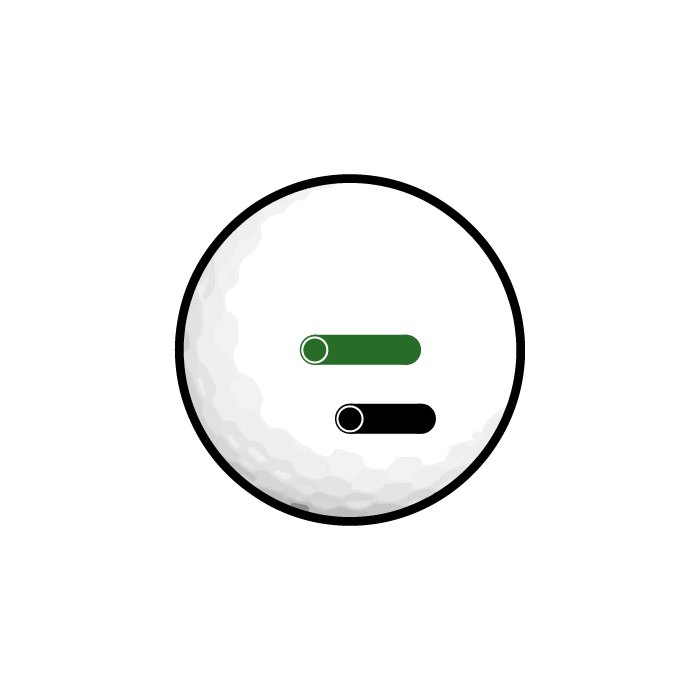

B
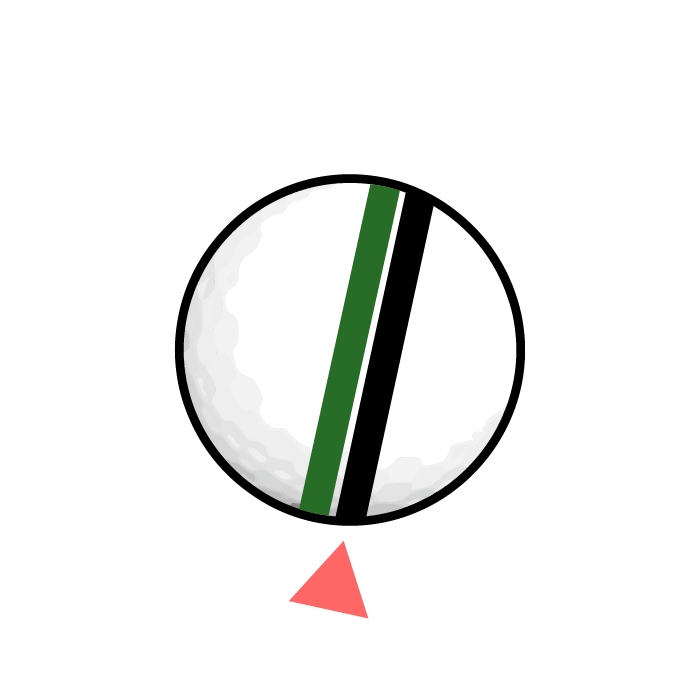

C
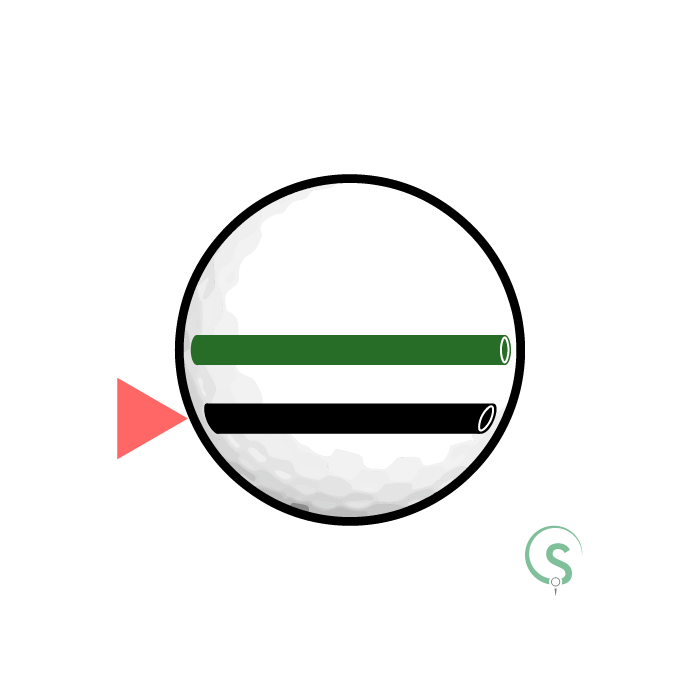

Centre line drawn parallel to the line of compression.
A
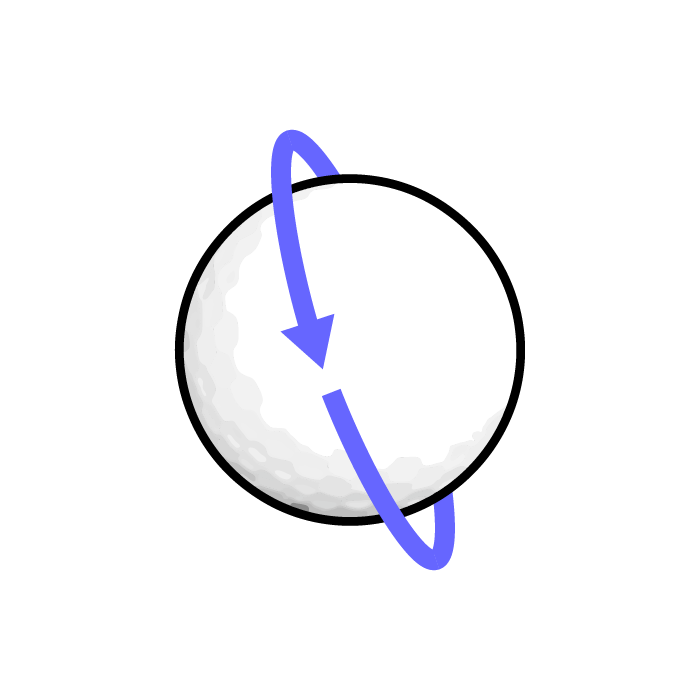

B
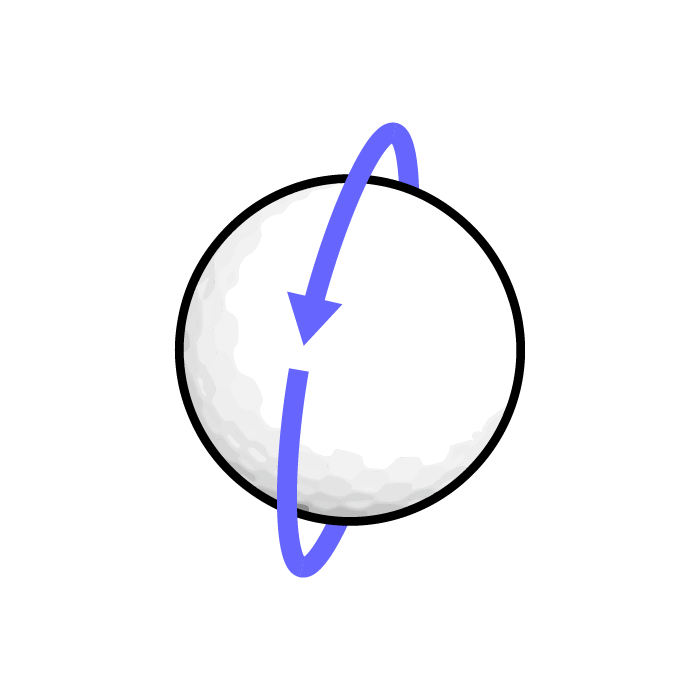

C
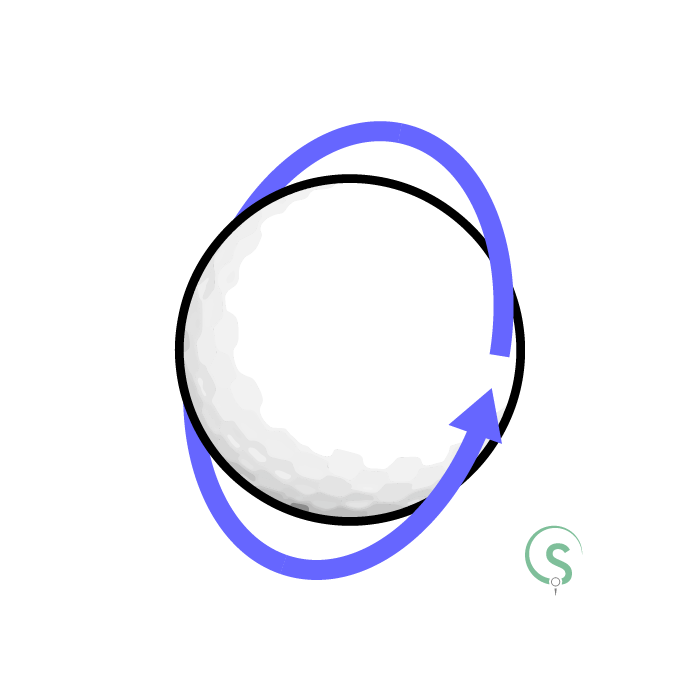

Resultant orientation of ball spin.
Step Eight
We’ve discussed how the line of compression can create rotation about a certain axis on the ball and how that rotation affects the ball’s flight. What then causes the ball’s initial direction? Mr Kelley explains: “The direction of the ball will always be properly at right angles to the leading edge of the clubface at separation, unless there is enough time and speed for the Magnus Effect(10) to alter it, when scattered vectors have introduced a non-vertical spin.” In other words, the ball will travel at right angles from the clubface until the areas of high and low pressure around the spinning ball move it from that initial direction.
Mr Kelley goes on to say: “...the trajectory will depend on the compression leakage.” meaning if the line of compression is sustained and the clubhead isn’t decelerating through the impact interval, the ball will fly higher than otherwise. Finally, Mr Kelley states: “...Tilting the leading edge changes the clubface alignment: Up - to the left; Down - to the right...”(11) Here Mr Kelley acknowledges that the ball’s direction is dependent upon the normal of the clubface, as explained during the D Plane chapter. By tilting the leading edge up, so that the toe of the club is raised from the ground, you would have moved the normal to the clubface so that it now points more to the left, resulting in the ball going to the left, rather than at a right angle to the leading edge.
Mr Kelley goes on to say: “...the trajectory will depend on the compression leakage.” meaning if the line of compression is sustained and the clubhead isn’t decelerating through the impact interval, the ball will fly higher than otherwise. Finally, Mr Kelley states: “...Tilting the leading edge changes the clubface alignment: Up - to the left; Down - to the right...”(11) Here Mr Kelley acknowledges that the ball’s direction is dependent upon the normal of the clubface, as explained during the D Plane chapter. By tilting the leading edge up, so that the toe of the club is raised from the ground, you would have moved the normal to the clubface so that it now points more to the left, resulting in the ball going to the left, rather than at a right angle to the leading edge.
